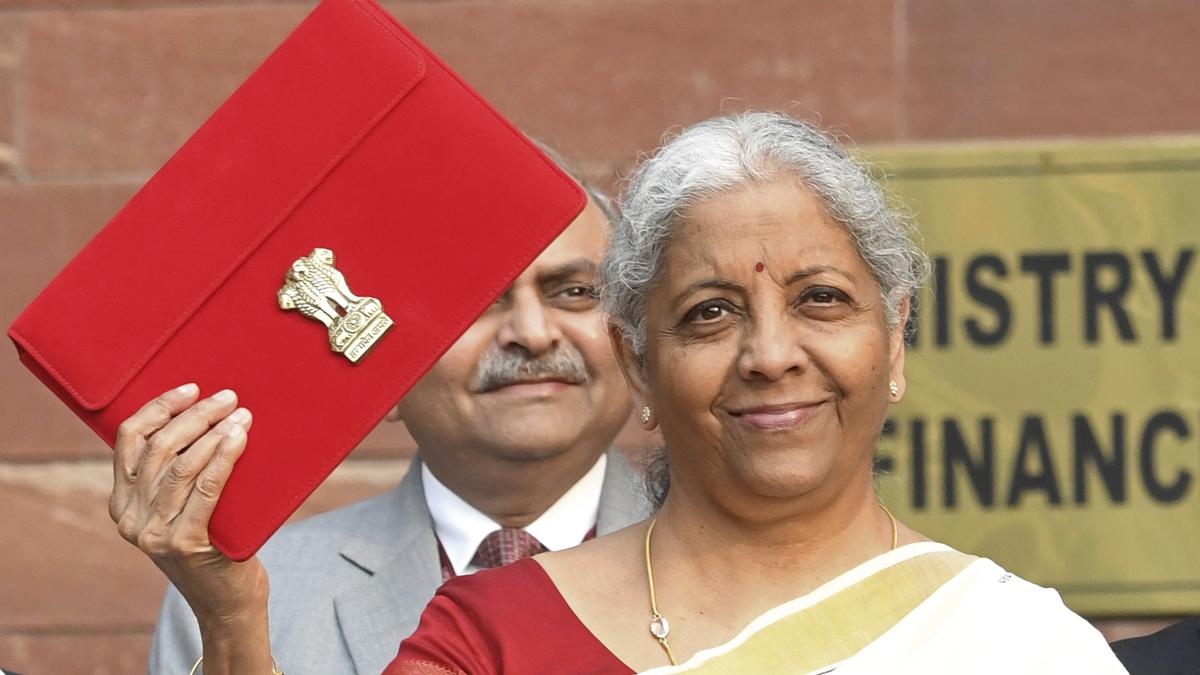
Cess and surcharge continue to shrink States’ tax share
The Hindu
Union government collects ₹100 in taxes, but ₹10-11 is collected as cesses, surcharges, and cost of collection.
Of every ₹100 that the Union government collects as tax, ₹10-11 is collected as cesses and surcharges, a trend unchanged since the pandemic year 2020-21. Also, the government spends ₹1-2 in collecting every ₹100 of tax; this is called the cost of collection. The amount collected as cesses and surcharges, along with the cost of collection, is not included in the divisible pool of taxes, a portion of which is meant to be shared with the States.
The share of cesses and surcharges, along with the cost of collection, reached a high of ₹13.5 for every ₹100 collected as taxes by the Centre in 2021-22 — the highest ratio in at least over a decade. Since then, it has gradually declined and is expected to be around ₹10.97 according to the latest Budget Estimates (BE) for 2025-26. In contrast, in many years before the pandemic, this figure ranged only between ₹5 and ₹7.
Divisible pool has shrunk.
Let us now look at these figures from the perspective of the divisible pool. Given that the share of cesses and surcharges has increased over the years, the divisible pool has shrunk. Since the pandemic year 2020-21, the divisible pool has fallen to less than ₹90 for every ₹100 that the Centre collects. It is expected to remain below ₹90, according to BE for 2025-26, presented on February 1. In contrast, in many years before the pandemic, this figure ranged between ₹91 and ₹95.
Chart 1 shows the share (in %) of the divisible pool in the Centre’s gross tax collection over the years (left axis). It also shows cesses, surcharges, and the cost of collection of taxes as a share of the Centre’s gross tax collection over the years (right axis).
Currently, all the States put together get 41% of the divisible pool, a figure arrived at as per the recommendations of the 15th Finance Commission for the FY 21-26 period. Before that, the share was pegged at 42% of the divisible pool between FY16 and FY20, a massive increase from the 32% share before FY16.
However, the consistent rise in the share of cesses and surcharges has meant that the Finance Commissions’ recommendations have been rendered less effective, as the divisible pool itself is shrinking. Many experts have previously pointed out that despite a formula in place, in practice the actual devolution to the States falls short of the agreed recommendations. In fact, many non-BJP ruling States now want this share to increase to 50% from 41%.













